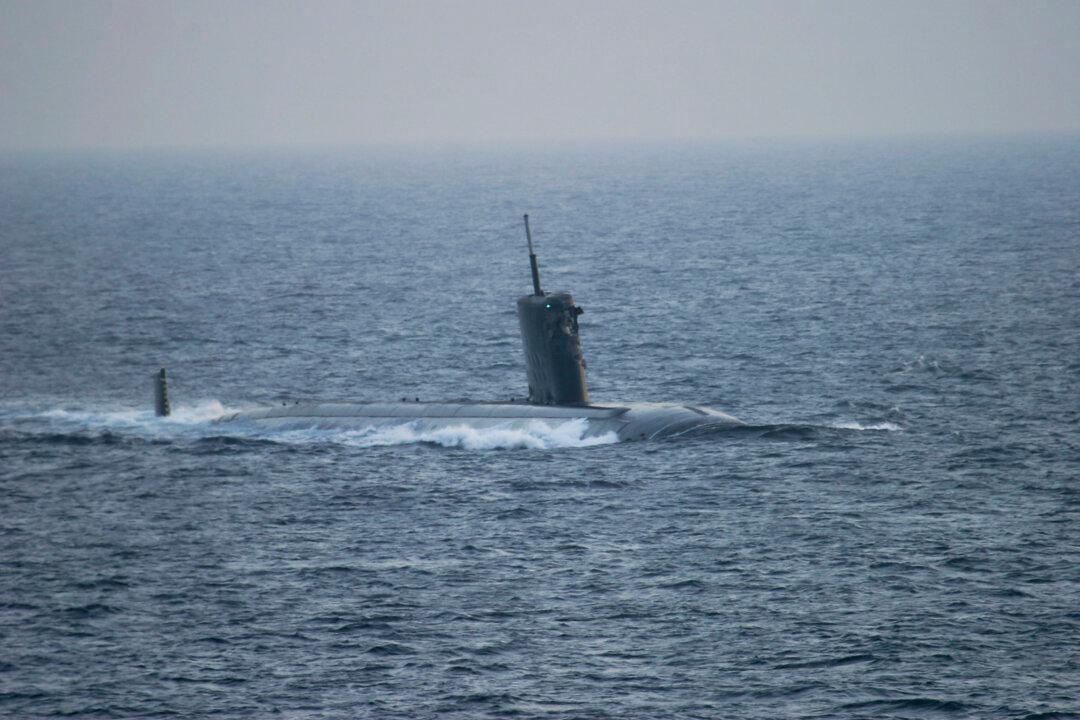The newly revealed multi-billion dollar AUKUS submarine deal will generate thousands of jobs for the Australian economy in the coming decades as the government is expected to invest heavily in infrastructure and the workforce.
On March 14, the Australian government announced that it was developing a plan to build up the industrial capacity, infrastructure, and workforce needed to deliver advanced nuclear-powered submarines to the Australian Defence Force.





